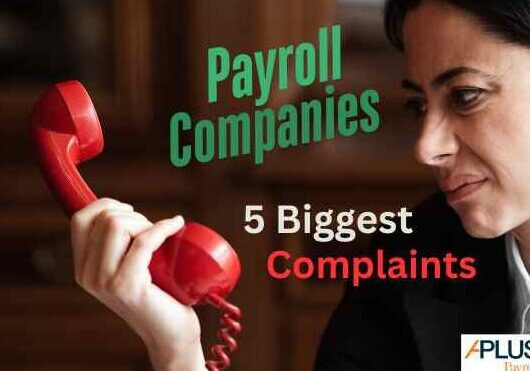How Can I Get My Employees to Read Important Messages?
by Paul Devlin
By combining thoughtful content creation, strategic timing, and consistent feedback, you can maximize engagement and keep employees connected. Here’s a collection of ideas that might help whether your Company is big or small:
Step 1: Choose the Right Communication Platform
To increase the likelihood of employees engaging with messages, use platforms they already rely on daily. Consider these factors when choosing your communication channel:
- Email for detailed or formal messages.
- Instant messaging platforms (e.g., Slack, Google chat) for quick updates or reminders.
- Employee intranet or portal to house resources and comprehensive updates.
- Mobile apps like an employee-specific app if your workforce is on the go.
The key is to match the platform with the message type. For example, urgent updates work best on instant messaging tools, while monthly summaries are better suited to an email newsletter.
Step 2: Optimize Message Timing
Timing is just as crucial as the content itself. Sending messages when employees are most focused ensures higher engagement. Here are some practical tips:
- Send emails during mid-morning (10–11 a.m.) on weekdays, as this is when inboxes are less crowded.
- Avoid Friday afternoons, as employees are often disengaged or thinking about their weekend plans.
- Use scheduling options to adjust timings based on time zones if your organization spans multiple locations.
For recurring communications, like newsletters or surveys, set a consistent schedule so employees know when to expect them.
Step 3: Personalize the Content
A one-size-fits-all approach leads to information overload and disinterest. Tailor your messages for specific teams, departments, or even individuals when possible:
- Address employees by name in emails or app notifications.
- Use role-specific content that caters to immediate team goals or challenges.
- Share targeted messages aligned with individual preferences or past interactions (e.g., projects completed or goals achieved).
Personalization shows employees that communications are designed with their specific needs in mind, increasing their investment in reading and acting on them.
Step 4: Craft Compelling Subject Lines
Your subject line is like the first impression for employees—make it clear and enticing. Here’s how:
- Use curiosity or urgency, such as “Don’t Miss These Team Updates” or “3 Quick Things to Know Before Monday.”
- Keep it concise (5–8 words) so it’s clear at first glance.
- Highlight specific benefits or information, like “Your Q3 Performance Report is Here” or “How Our New Benefits Plan Improves Your Coverage.”
Avoid ambiguous or overly formal subject lines as they risk being ignored or misinterpreted.
Step 5: Use Clear, Concise Language
Employees are busy, so respect their time by making your message easy to digest.
- Stick to one primary topic per message.
- Use bullet points or subheadings to break content into manageable chunks.
- Limit sentences to 20 words on average and avoid jargon or overly complicated phrasing.
- Include a clear call-to-action (CTA) that tells employees exactly what action to take next.
Step 6: Incorporate Visual Elements
Visuals can turn ordinary content into eye-catching and engaging communication. Consider these additions:
- Infographics to convey data or complex ideas in a simple way.
- GIFs or images to add a friendly, relatable tone to informal announcements.
- Icons or color highlights to draw attention to key sections of the message.
Tools like Canva make it easy to design visuals even without expertise.
Step 7: Gather and Act on Employee Feedback
Don’t assume you know what employees need—ask them! Create opportunities for employees to share their input:
- Send quick surveys after important communications to gauge clarity and impact.
- Use live polls during all-hands meetings to check if they find updates valuable.
- Set up a feedback channel (e.g., a dedicated Slack channel or suggestion box) where employees can continuously share improvement ideas.
Once you gather feedback, act on it and communicate those changes back.
Bonus Tips for Engagement
- Make it fun where appropriate! Add a playful tone or personalized trivia to casual updates.
- Feature employees—add a “Team Spotlight” section to highlight individuals or groups in your email newsletters.
- Incentivize participation. For example, reward employees who engage with a poll or survey with small shoutouts or tokens of appreciation.
Remember, communication isn’t about just sending—it’s about connecting. This blog does not constitute formal HR or legal advice and does not address state or local law. Our HR Resource Center by Mineral offers further advice and sample templates for this and many other topics. For a small additional fee you can also speak to a live HR Specialist. Contact your friendly APlus Payroll CSS for further information (including login details) or login here. Want to know how we can help your Payroll or Time & Labor process? Please contact us here. Consultation is friendly and free!



